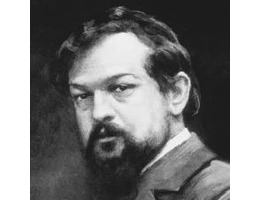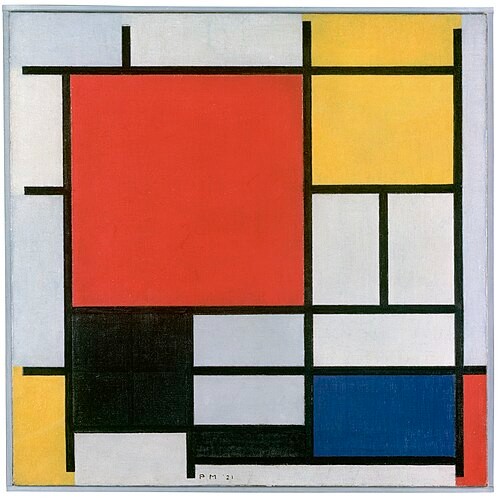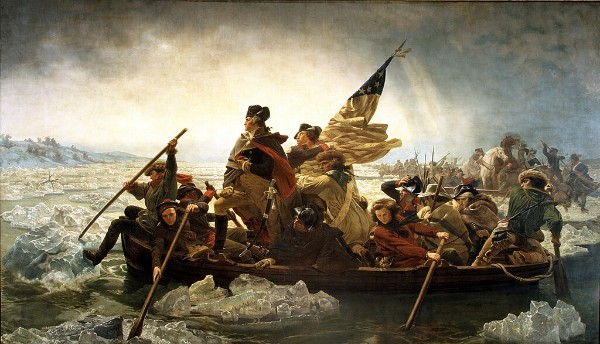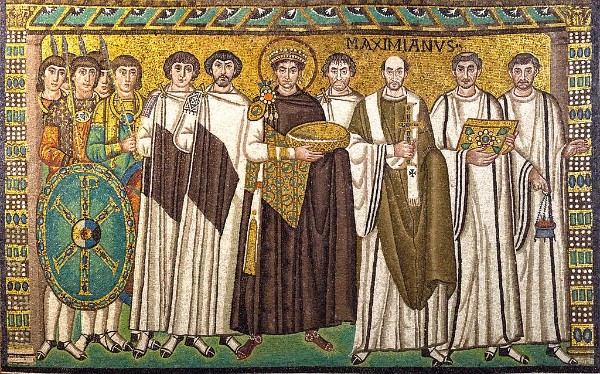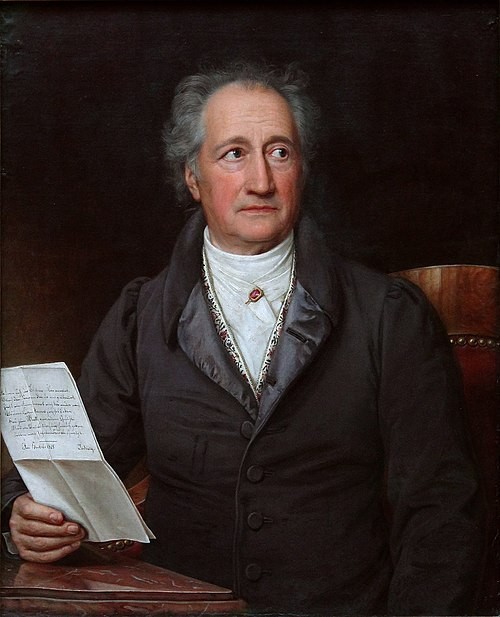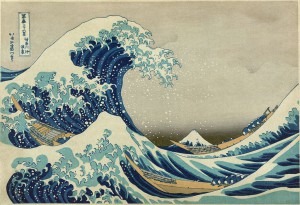
Hokusai: The Great Wave off Kanagawa
In his woodcut, The Great Wave off Kanagawa, Katsushika Hokusai depicts a great wave, perhaps a rogue wave from the open ocean, on the left and three boats with rowers and passengers on the right. In the centre is Mt. Fuji. This print was published sometime between 1830 and 1833 and was the first of Hokusai’s woodcut series Thirty-six Views of Mount Fuji. Westerners read this picture from left to right, focusing on the wave itself and often being unaware even of the existence of the little boats. Japanese viewers read the painting from right to left, seeing first the boats, then the mountain, and finally the wave. This explains Hokusai’s Japanese title, which translates full as “In the Well of a Wave Off Kanagawa.”
Claude Debussy long loved the sea and wrote in 1912 that he had “intended for the noble career of a sailor.” He first wrote about the sea in 1899 in the last movement of Trois Nocturnes, where “Sirènes” refers to those seductresses of the sea, now better known through the logo for Starbucks.
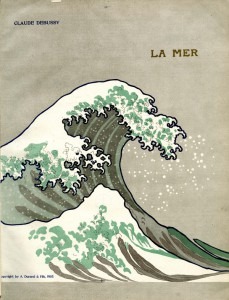
Cover of the first edition of Debussy’s La Mer (Durant, 1905)
Debussy: La Mer: I. De l’aube à midi sur la mer (New York Philharmonic Orchestra; Leonard Bernstein, Conductor)
But, what, you may ask, does this have to do with Hokusai? Debussy’s depiction of the sea, despite his three movement titles, is not literal. It is atmospheric, not representational. And that is what ties him in with Hokusai: we are not shown what happens when the great wave meets the little boats, we are given, instead, an atmospheric picture of danger, just before danger strikes. And so in Debussy, we don’t have storms, we have the elements that make up storms. It’s all atmosphere.
Debussy: La Mer: II. Jeux de vagues (New York Philharmonic Orchestra; Leonard Bernstein, Conductor)
Debussy: La Mer: III. Dialogue du vent et de la mer (New York Philharmonic Orchestra; Leonard Bernstein, Conductor)
The importance of Hokusai’s image to this work can best be shown by looking at the first edition cover from 1905 where a detail of the wave itself is used to stand for both the entirety of the sea and of Debussy’s depiction of it and its moods.

